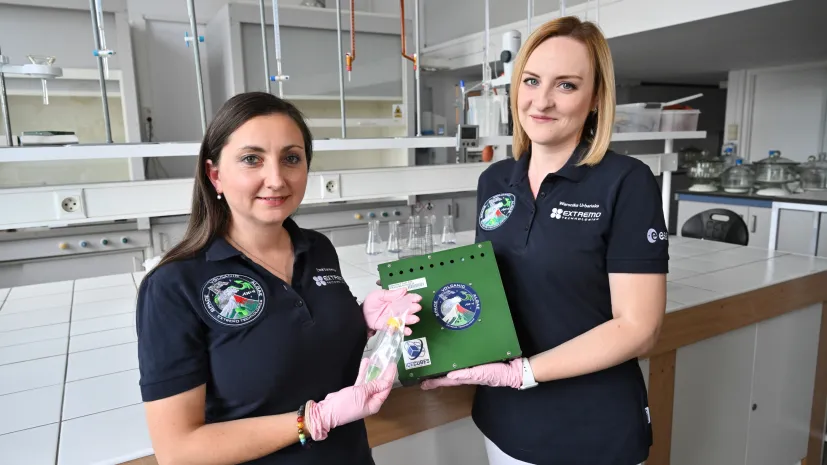-

Polish astronaut is ‘strong candidate’ for European Astronaut Corps, says ESA chief
Polish astronaut Sławosz Uznański-Wiśniewski is an “exceptionally strong candidate” for active membership in the European Astronaut Corps, European Space Agency (ESA) Director General Josef Aschbacher has told the Polish Press Agency (PAP).
-
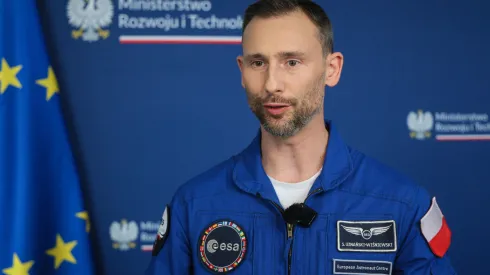
Polish astronaut ‘ready to join European Astronaut Corps’ but waiting approval
Polish astronaut Sławosz Uznański-Wiśniewski has said he is ready to join the European Astronaut Corps, pending approval from the European Space Agency (ESA) and relevant Polish authorities.
-
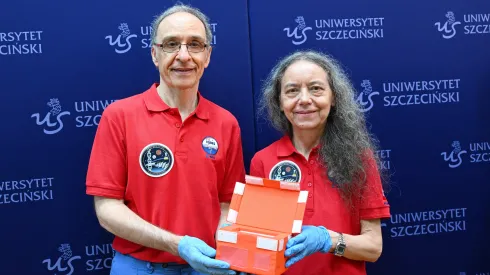
Polish scientists study ‘yeast from space’ sent by Polish astronaut
A gene from one of Earth’s toughest creatures – the tardigrade – may help future astronauts survive harsh space conditions, say Polish scientists studying genetically modified yeast brought back from orbit by astronaut Sławosz Uznański-Wiśniewski.
-

Stripped subgiant stars may emit gravitational waves for millions of years, Polish astrophysicist says
A team of astrophysicists has identified a new, long-lasting source of gravitational waves: subgiant stars that are gradually stripped of their outer layers by nearby supermassive black holes.
-
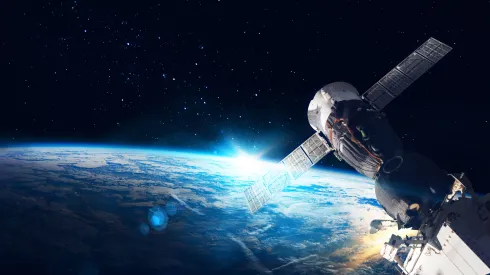
Despite congestion there is still a lot of space in orbit, says expert
In the last six months, Starlink satellites performed around 150,000 manoeuvres to avoid collisions in low Earth orbit (LEO), raising concerns over growing congestion. But despite the increasing traffic, experts say there is still room if managed carefully.
-
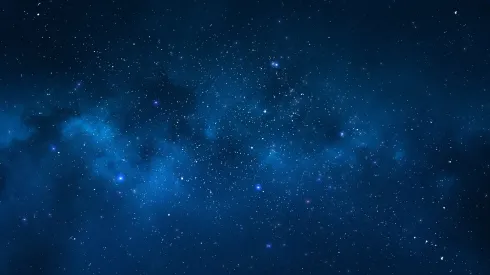
Polish scientists building space telescope to study origins of Earth's water
A team of researchers from Jagiellonian University is developing the institution's first scientific satellite, which will carry a space telescope designed to study the origins of water on Earth by observing 50 comets.
-
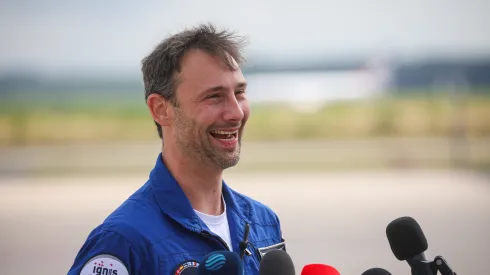
‘The real work is just beginning’ says Polish astronaut after return to Earth
Polish astronaut Sławosz Uznański-Wiśniewski has said there is “an incredible amount of work to do” following his return from the International Space Station (ISS), marking the end of a historic 20-day space mission.
-

European Space Agency chooses Poland’s Scanway to process lunar surface images
Polish space technology company Scanway has been selected by the European Space Agency (ESA) to process lunar surface imagery as part of a 2026 joint mission with U.S.-based Intuitive Machines.
-
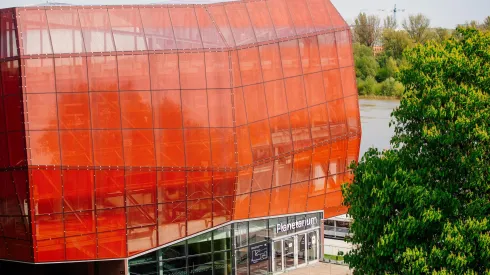
Scientists present first images of space captured by world's largest astronomical camera
The first images from the Vera Rubin Observatory in Chile were presented last week during a global premiere event held simultaneously in over 300 institutions worldwide, including the Copernicus Science Centre Planetarium in Warsaw. The unveiling, part of the international “Rubin First Look,” marked what researchers are calling the beginning of a new era in astronomy.

